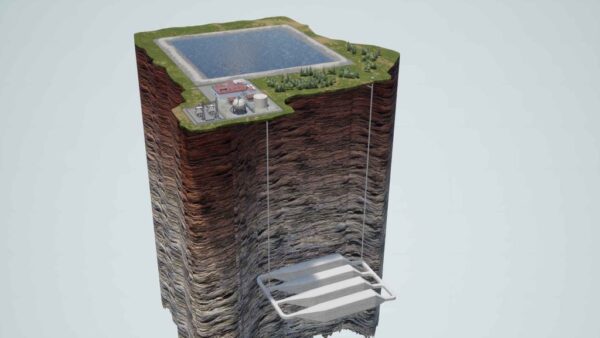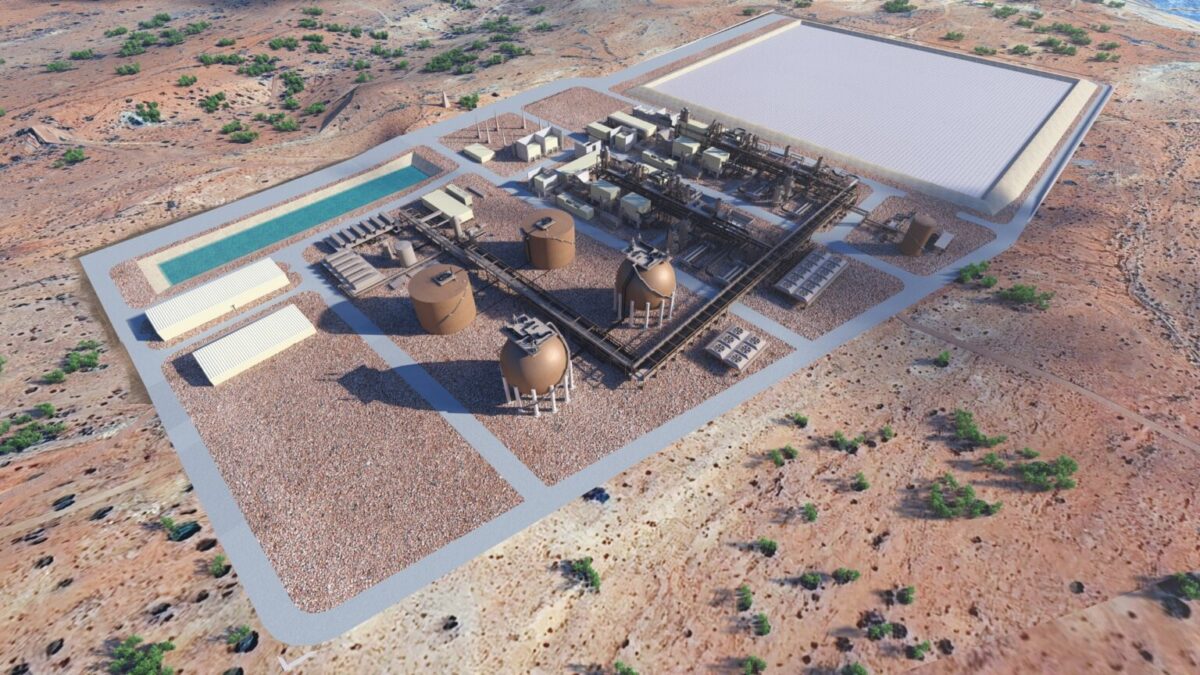Hydrostor has reached an agreement with New South Wales transmission network operator Transgrid that will see the proposed 200 MW/1,600 MWh Silver City Energy Storage Project support the reliability of electricity supply for Broken Hill by as early as 2027.
Hydrostor is planning to build a 200 MW energy storage system with eight hours of storage capacity at the Potosi mine site near Broken Hill. The long-duration energy storage system will utilise advanced compressed air energy storage (A-CAES) technology.
The agreement with Transgrid requires Hydrostor to reserve up to 50 MW of capacity from the Silver City project, representing up to 250 MWh of storage, to provide a reliable back-up power supply for the 17,000 people who live in Broken Hill. The new system will replace existing diesel turbines that currently provide support during planned or unplanned outages.
The remainder of the Silver City project’s capacity will be available to be traded on the grid on a daily basis, while supporting existing and new renewable energy generation.
Hydrostor Vice President Martin Becker said the new partnership with Transgrid, which comes after the company announced a binding agreement with Australian miner Perilya to leverage existing assets at the Potosi mine site to support construction of the Silver City project, is a key moment for the technology.
“This is another significant milestone in the development of this critical infrastructure project that will ensure the delivery of clean power and energy security to the Broken Hill region,” he said.
Hydrostor’s A-CAES technology operates in a similar way to pumped hydro. It features a four-step process for storing and dispatching energy. It draws off-peak or surplus energy from the grid to produce heated compressed air. During charging, heat from the compressed air is collected and stored before the cooled air displaces water out of an underground cavern up to a water reservoir on the surface. To discharge, water flows back into the cavern forcing air to the surface under pressure where it is heated with the stored thermal energy and drives a turbine to generate electricity.
Hydrostor Chief Commercial Officer Jordan Cole said the technology represents a “scalable, cost-effective solution for the provision of long-duration energy storage.”
“We look forward to progressing this essential infrastructure project that ensures clean energy is accessible when needed,” he said.
The Silver City project is expected to bring significant economic benefits to the Broken Hill region, with Hydrostor estimating it will contribute approximately $1 billion (USD 660 million) to the local economy and will generate 750 jobs during construction and 70 ongoing jobs once in operation.

Image: Hydrostor
This content is protected by copyright and may not be reused. If you want to cooperate with us and would like to reuse some of our content, please contact: editors@pv-magazine.com.




Is it right to draw large amounts of water from one of the world’s most depleted aquifers to keep in reservoirs in one of the world’s highest-evaporation areas? Or are different adiabatic CAES technologies better? There is at least one…